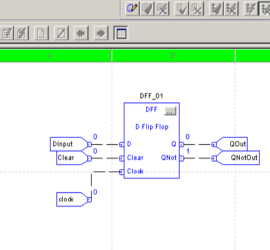ControlLogix Branching in Ladder Logic
Introduction to ControlLogix Branching in Ladder Logic ControlLogix Branching in Ladder Logic allows us to create “OR” Statements. Sometimes getting a branch on the right place in a rung is tricky for beginners. In this post, we’ll take a closer look at branching, We’ll discuss different ways to set up Read More »










